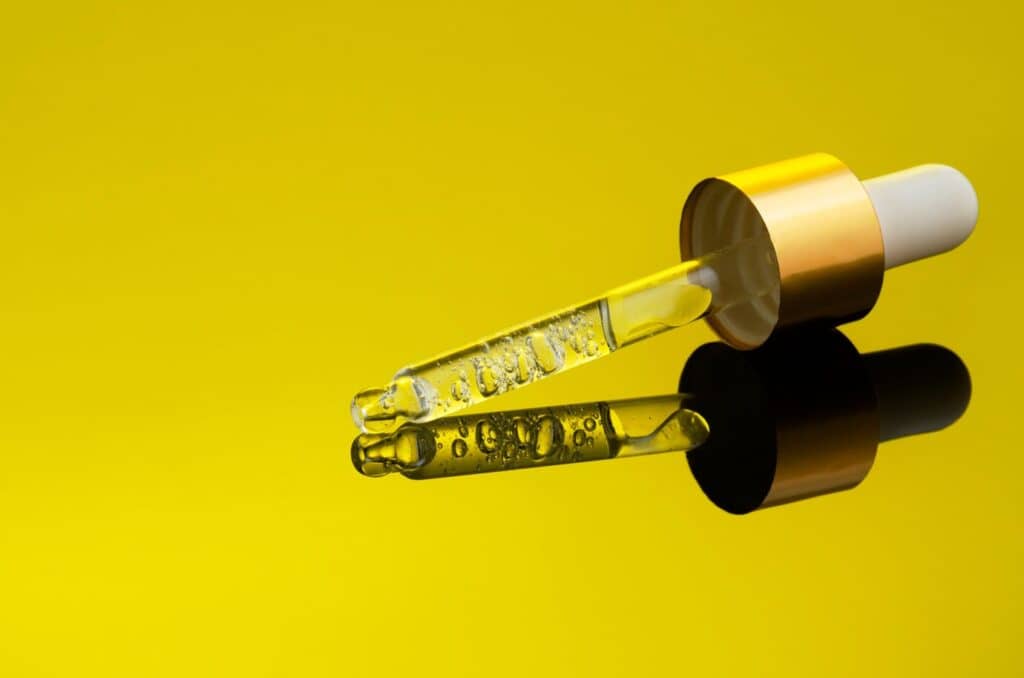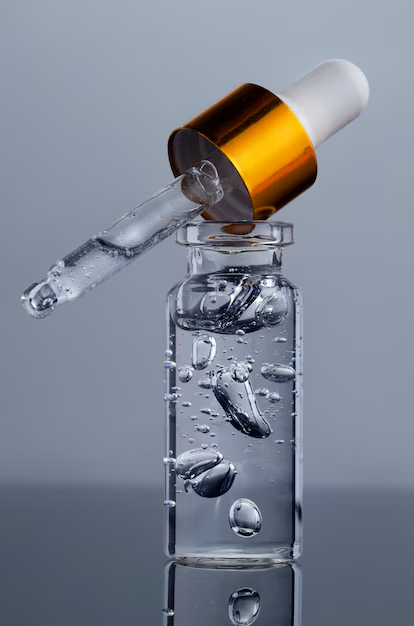
Retinol vs. Retin-A
Introduction
Retinol vs. Retin-A: The Ultimate Guide for Anti-Aging
Retinol and Retin-A (tretinoin) have emerged as gold-standard solutions for anti-aging, helping reduce fine lines, improve skin texture, and fade hyperpigmentation. But how do these vitamin A derivatives differ? And how can you use them effectively for optimal results while avoiding common pitfalls?
This article explores their benefits, differences, usage guidelines, and essential precautions to ensure safe and effective anti-aging care.
What Are Retinol and Retin-A?
1. Understanding Retinol
Retinol is an over-the-counter (OTC) derivative of vitamin A. It works gradually by being converted into retinoic acid in the skin, which accelerates cell turnover, boosts collagen production, and reduces the appearance of fine lines and wrinkles
Benefits of Retinol:
- Improves skin texture and radiance.
- Fades fine lines and mild hyperpigmentation.
- Suitable for sensitive skin when introduced gradually.
2. What is Retin-A (Tretinoin)?
Retin-A is the prescription-strength version of vitamin A, known generically as tretinoin. Unlike retinol, Retin-A is already retinoic acid, meaning the skin absorbs and uses it directly, delivering faster and more significant results.
Benefits of Retin-A:
- Reduces deep wrinkles and fine lines.
- Treats severe hyperpigmentation and acne.
- Boosts collagen production for firmer skin.
Key Difference: Retin-A is approximately 20 times more potent than retinol, making it ideal for those seeking dramatic results.
Benefits of Retinol and Retin-A for Anti-Aging

Both retinol and Retin-A offer impressive anti-aging benefits:
1. Promotes Skin Cell Turnover
Retinoids accelerate the shedding of old, dull skin cells while stimulating the production of new ones, leaving the skin smoother and more even-toned.
2. Boosts Collagen Production
Collagen production slows with age, causing sagging and wrinkles. Retinol and Retin-A stimulate fibroblasts, the cells responsible for collagen production, to maintain skin .firmness
3. Fades Hyperpigmentation and Sun Damage
Both ingredients lighten dark spots, melasma, and sun-induced pigmentation by speeding up cell renewal.
4. Improves Acne and Clogged Pores
Retin-A, in particular, is highly effective at treating acne by unclogging pores and reducing inflammation.
How to Use Retinol and Retin-A Safely
1. Start Slow and Gradual
- Retinol: Begin with a low concentration (0.1–0.3%) 2–3 times per week. Increase usage as your skin builds tolerance.
- Retin-A: Start with the lowest strength (0.025%) and apply every other night to avoid irritation. Slowly increase to nightly use.
2. Application Guidelines
- Cleanse your face and pat it completely dry.
- Apply a pea-sized amount evenly to the face, avoiding the eye area and corners of the nose/mouth.
- Follow up with a moisturizer to prevent dryness.
- Always use broad-spectrum sunscreen (SPF 30+) during the day. Retinoids increase sun sensitivity.
3. Monitor for Side Effects
Common side effects include dryness, peeling, redness, and irritation. To minimize discomfort:
- Reduce usage frequency.
- Apply a hydrating serum or moisturizer.
- Avoid combining with harsh exfoliants (like AHAs/BHAs).

Retinol vs. Retin-A: Which One Is Right for You?
Choose Retinol If:
- You are new to retinoids.
- Your skin is sensitive or prone to irritation.
- You prefer an OTC solution for mild aging concerns.
Example Products: OTC creams and serums from brands like Olay, CeraVe, or Neutrogena.
Choose Retin-A If:
- You have moderate to severe aging concerns (deep wrinkles, pigmentation).
- You’re targeting acne and stubborn skin issues.
- You can tolerate prescription-strength formulations.
How to Get It: Consult a dermatologist for a prescription.
Precautions and Common Mistakes to Avoid
- Skipping Sunscreen: UV exposure worsens irritation and reverses anti-aging benefits. Always wear sunscreen during the day.
- Using Too Much Too Soon: Overusing retinoids leads to severe irritation. Start with small amounts and increase gradually.
- Combining Harsh Actives: Avoid AHAs, BHAs, and vitamin C when starting retinoids to prevent excessive dryness.
- Ignoring Other Areas: Extend retinoid application to the neck, chest, and hands for a uniform anti-aging effect.
How Long Does It Take to See Results?
- Retinol: Expect visible improvement in 6–12 weeks with consiste use.
- Retin-A: Results often appear faster, within 4–8 weeks, but may require a longer adjustment period.
Remember, retinoids work gradually but yield significant long-term benefits when used consistently.
Conclusion
Retinol and Retin-A are transformative anti-aging ingredients that promote smooth, youthful skin by increasing collagen production, improving texture, and reducing fine lines. Choosing between the two depends on your skin type, concerns, and tolerance. Start slow, follow proper usage guidelines, and always protect your skin with sunscreen for the best results.
For those new to retinoids, retinol is an excellent starting point, while Retin-A offers faster, more potent results for advanced concerns. With patience and consistency, both can be your secret weapon for glowing, age-defying skin.
Retinol vs. Retin-A: The Ultimate Guide for Anti-Aging – Search more: https://youtu.be/KbeopWc_xLE?si=6jrtCnMcF5VUgpA8
Skincare Basics: How to Create a Routine for Glowing, Healthy Skin



